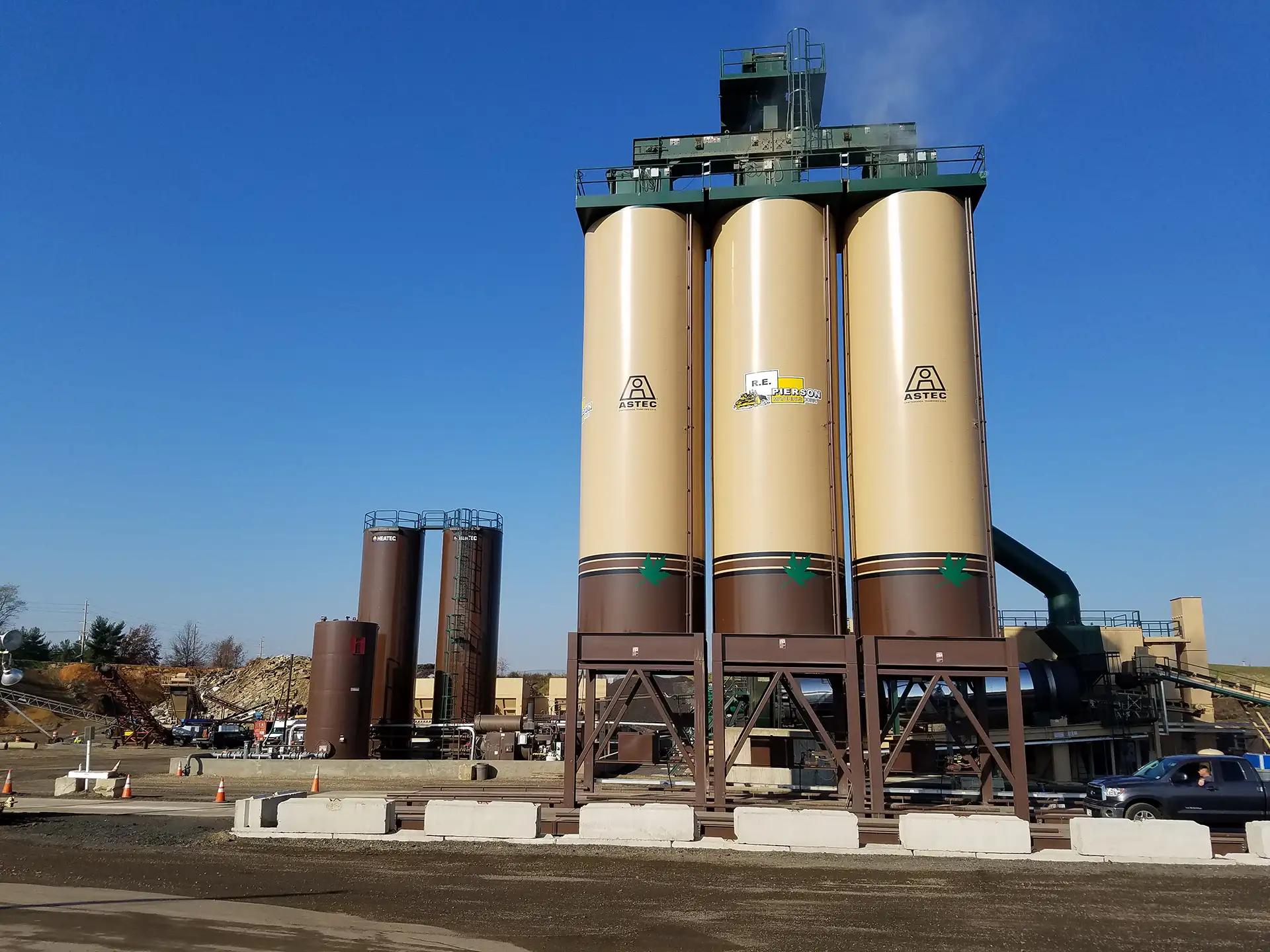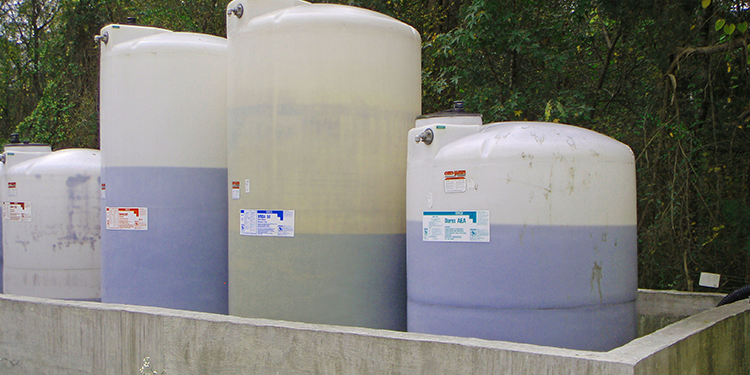Lets face it. TRI Reporting can be a big pain, especially if you're unsure how to do it or new at it. Here we discuss what we see as common mistakes and errors people who conduct reporting themselves can stumble into.
Like many others, we’re coming down the home stretch for Toxic Release Inventory Reporting, which is due July 1st. At this time of year, we get a lot of questions from facilities who are trying to do their own reporting, which is very understandable since it can be confusing, especially if you haven’t done it before.
Understanding some important points of TRI reporting is critical, since it can make the difference between being out of compliance and risking a fine from the USEPA, or doing it correctly and being in compliance. Being out of compliance with Toxic Release Inventory Reporting can be a big headache, including potential (huge) monetary fines, additional inspections, and more.
Our advice: do the reporting, and move on. Don't skip it, don't wait, just get it done, and get it done correctly.

Common TRI Reporting Mistakes
Here’s a list of some of the more common mistakes we see facilities doing:
- Toxic Release Inventory Reporting is also known as SARA 313 Reporting, Form R Reporting, and a few other names. It’s all the same. So if you don’t think you need to do Form R reporting, but are concerned about TRI reporting, you have some homework to do. Regardless of what you, regulators, your boss, or whoever calls it, you need to do the reporting.
- Doing Community Right to Know / Tier II reporting does not mean you’re covered. They are two completely separate required reporting programs. They are not the same. They have almost nothing to do with each other. Tier II is not the same as Form R Reporting!
- It’s about chemicals, not materials. As an example, you don’t report on a product that you might process, you report on the chemical components of that product. And, the chemicals you report on must be present on the USEPA Consolidated List of Lists, identified as a reportable chemical. While there’s about 650 of them, not every chemical is reportable.
- Reporting thresholds are not the same as releases. If you exceed the applicable reporting threshold (generally 25,000 pounds for most chemicals, less for PBT chemicals), then you must report. After you have made that determination, you must then estimate your releases to the environment, and report, even if you have no releases!
- Some chemicals fall into chemical categories, and may not be individually listed. For example, nitrate compounds are listed, and include all nitrate compounds, even some that may not be otherwise listed.
And last but not least, don't wait until the last minute to do reporting! Form R Reporting, particularly the first time you do it, is not the easiest thing to do. Waiting until the very end will undoubtedly make your job more difficult. If you’re in that boat (and reading this now), my best advice is to get to work or get some help as soon as possible!
But understand how to do Toxic Release Inventory Reporting, start reasonably early, and I think you’ll find that it’s not that difficult a task to accomplish. And as I always say, it’s better to try to be in compliance than totally ignore it. If you're struggling with TRI Reporting, click here to contact us, or give us a call today at 609-693-8301 to see how we can help before time runs out!



